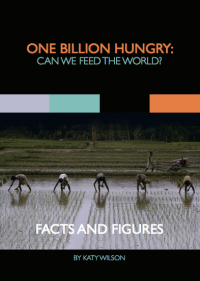This week’s summary on the news stories, reports and blogs that have grabbed our attention. We welcome your thoughts and comments on these articles.
Back agriculture to get the most out of aid to Africa, SciDev.Net
No-till agriculture may not bring hoped-for boost in global crop yields, study finds, UC Davis
Family farms produce 80 percent of world’s food, speculators seek land, Thomson Reuters Foundation
Can We Feed the World in 2050? A Scoping Paper to Assess the Evidence, GDAE
Principles for responsible agriculture and food investments are approved, FAO
Oxfam response to UN Committee on World Food Security Endorsement of Principles, Oxfam
Why ‘climate-smart agriculture’ isn’t all it’s cracked up to be, The Guardian
The Race Is On to Find Organic Pesticides, The Wall Street Journal [Read more…]










